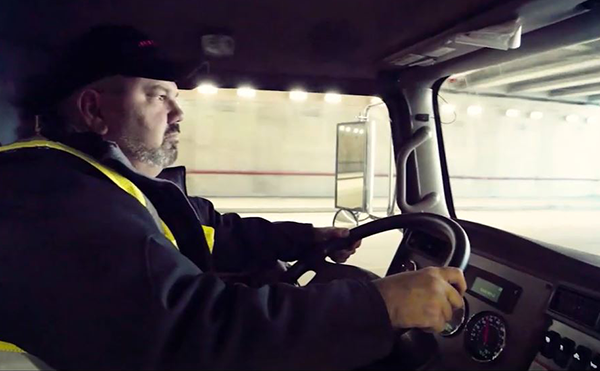
Brian J Riker
President and Chief Compliance Specialist,
Fleet Compliance Solutions, LLC
A version of this column originally appeared
in the August 2021 Issue of American Towman
Driving training is among the many things I do for a living. Not tow operator training. There are many other folks that do a much better job of that. When was the last time you, or more importantly your operators, took a defensive driving course or brushed up on your general driving skill set? That’s the type of training I’ll address in this column.
Let’s face it, here in the US we look at driving as a right instead of the privilege that it actually is. We take a knowledge, skill, and road test once when we are 16 or 17 years old, and as long as we stay out of trouble we never have to demonstrate our competency to a state examiner again. Sure, when upgrading our license class or renewing hazardous materials authorization we may have to take another set of tests, but other than that, we are licensed for life if we simply pay our renewal on time.
Risk-minded companies will usually conduct a road test to evaluate a potential new hire’s ability to safely operate the specific piece of equipment they are being hired to operate, and that is a good thing. The Federal Motor Carrier Safety Regulations encourage this pre-hire road test although they do make room for some waivers, mostly for experienced operators. I would never recommend hiring someone until their competency in basic driving skills has been clearly demonstrated.

What about when it is time to promote a driver? Or when you are short-staffed and although an operator was hired for light duty they have the required class of license to take the medium duty out “just this one time”? The answer is still the same, as a best practice always perform a skill evaluation and operational familiarity training before allowing an employee to start operating a new piece of equipment. OSHA generally requires equipment model-specific training on forklifts and similar equipment, and so should you with your on-highway equipment.
My point is, no matter the experience level, as a business owner you must be certain that your team has the current skill set required to perform all their job functions.
Training a driver doesn’t need to be complicated. A check ride once a year and a few minutes at each of your safety meetings dedicated to the topic to cover seasonal topics and review basic rules of the road usually have a huge impact on driving behaviors.
Once or twice a year make time to present an expanded safety meeting where you set up some traffic cones in the yard as an obstacle course. Provide instruction on proper mirror adjustment and usage, basic vehicle controls, and then let them demonstrate their skills. Include safety topics such as G.O.A.L., which stands for Get Out And Look, and is mission critical to safe backing. Another must-have habit is the Circle Check, which will compel them to walk 360⁰ around their truck every time they approach it. This one habit has saved countless lives on urban worksites where small children have been playing around equipment and vehicles. You could even make a competition out of the training, with little prizes for best overall performance.
Other safety critical topics include proper following distance, eye lead time, and situational awareness so the driver is better prepared to react to unplanned events. Reviewing the rules of the road and any new laws helps prevent citations that result from a driver misunderstanding what is expected of them.
Most importantly, make sure the person selected to be the trainer has good driving habits and skills. It will not do you any good to teach bad habits or incorrect information. Stick to the facts and figures as presented by your state driver licensing program or a nationally recognized driver coaching school.
If you have many drivers, usually 15 or more to be cost-effective, you can hire a national driving coach to come to your site to train your team.
Many insurance companies will offer a premium discount for properly trained drivers, and better yet, many have driver training resources they offer to their insured for free. Check with your insurance carrier to see if you can take advantage of these programs.